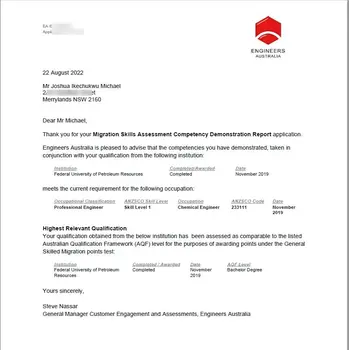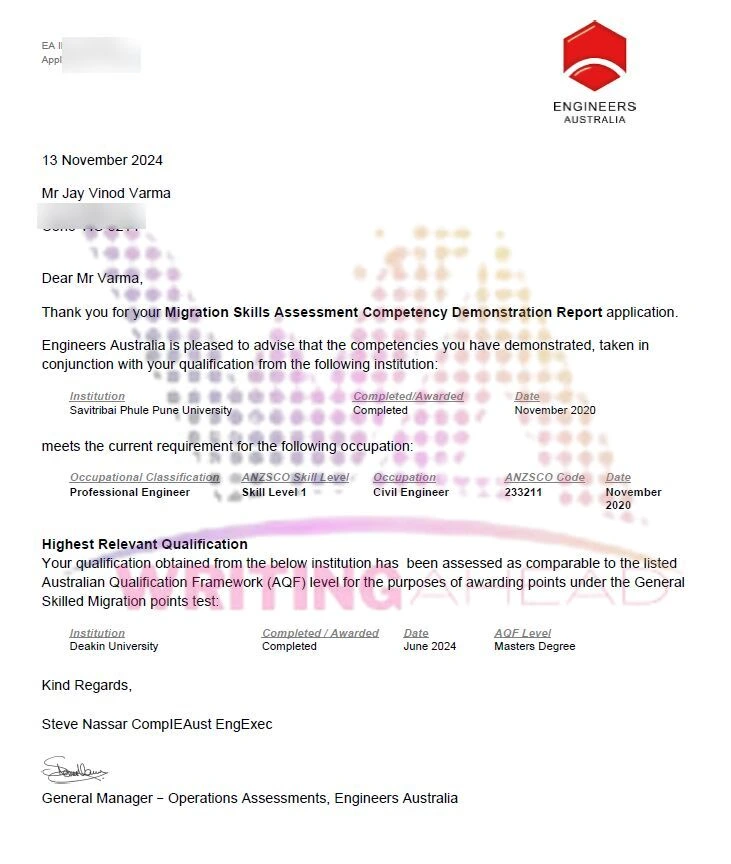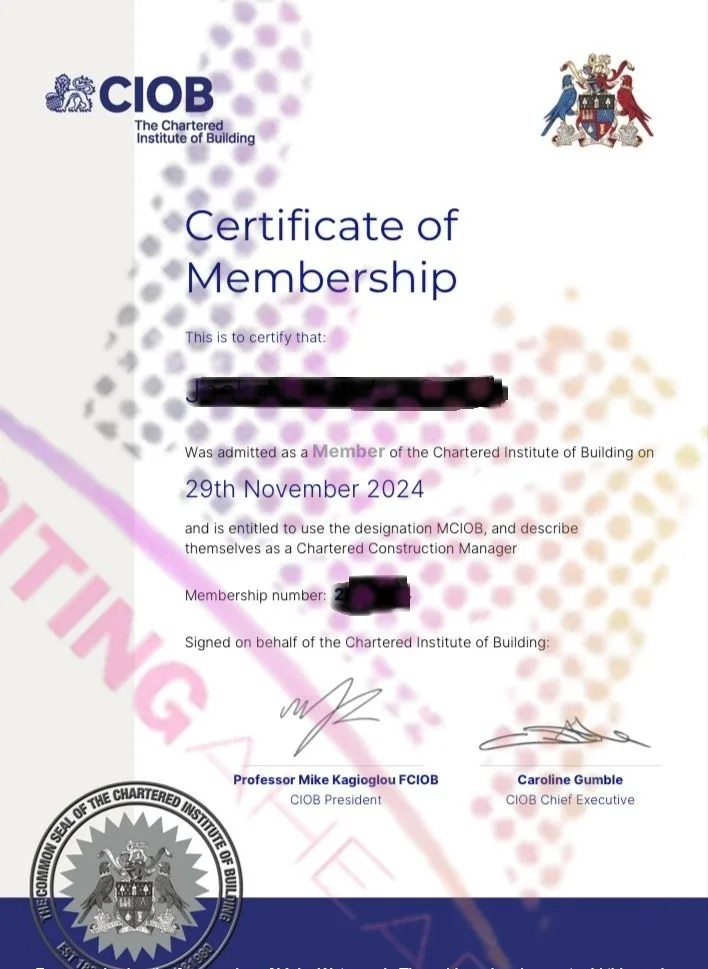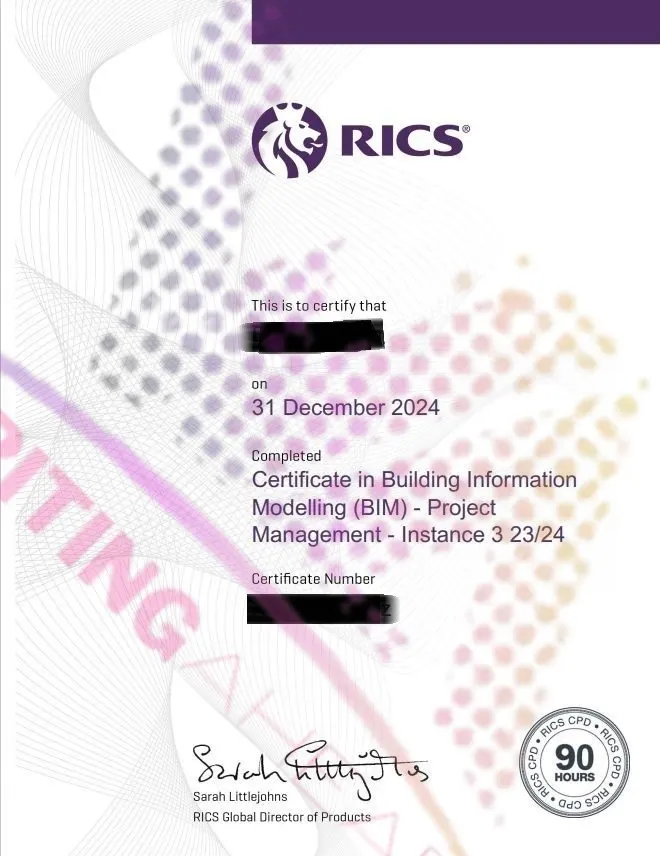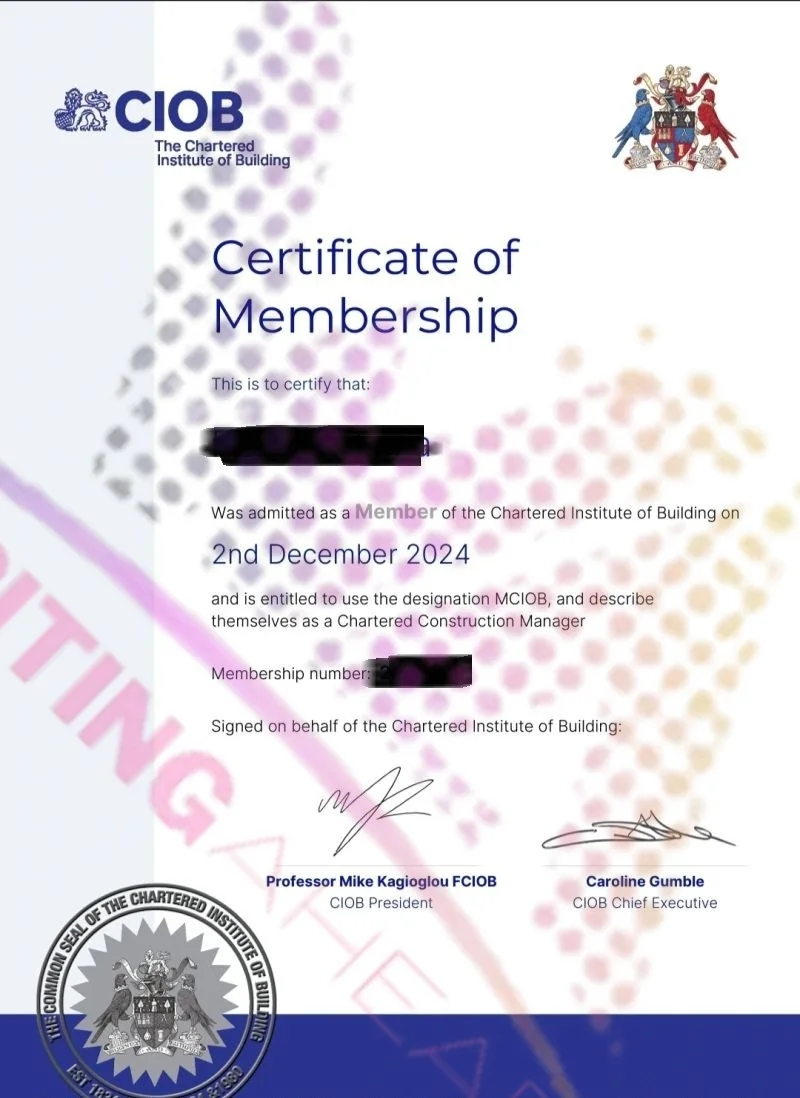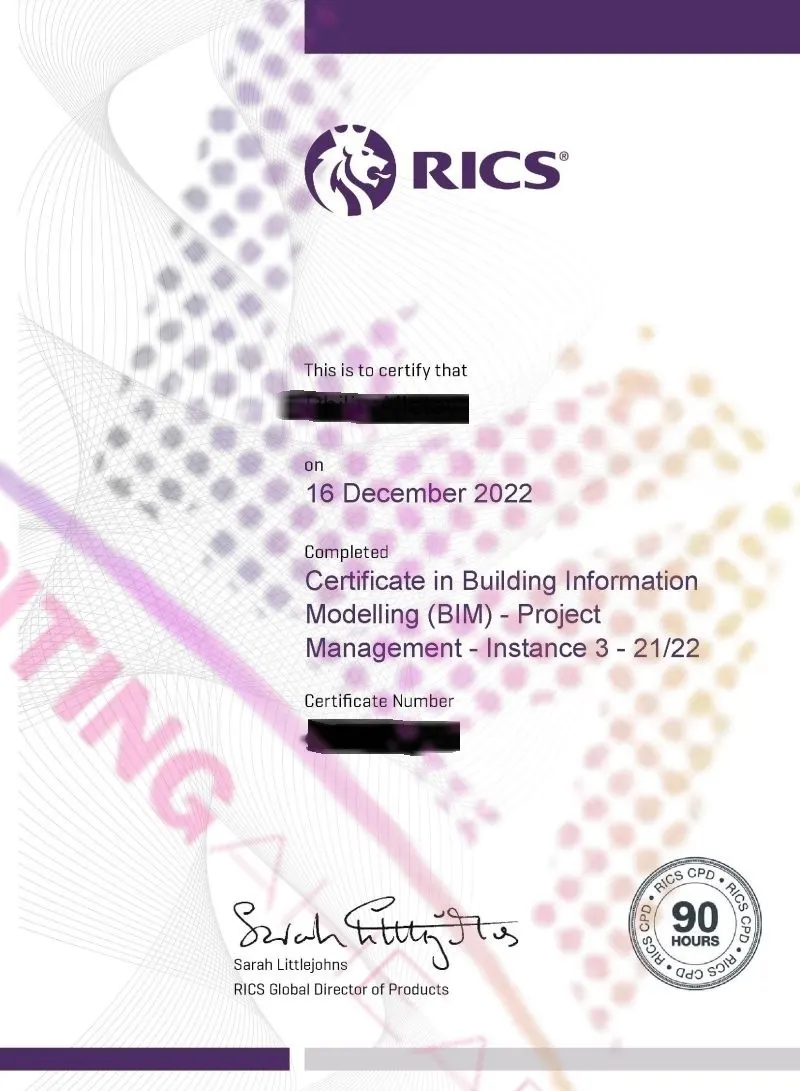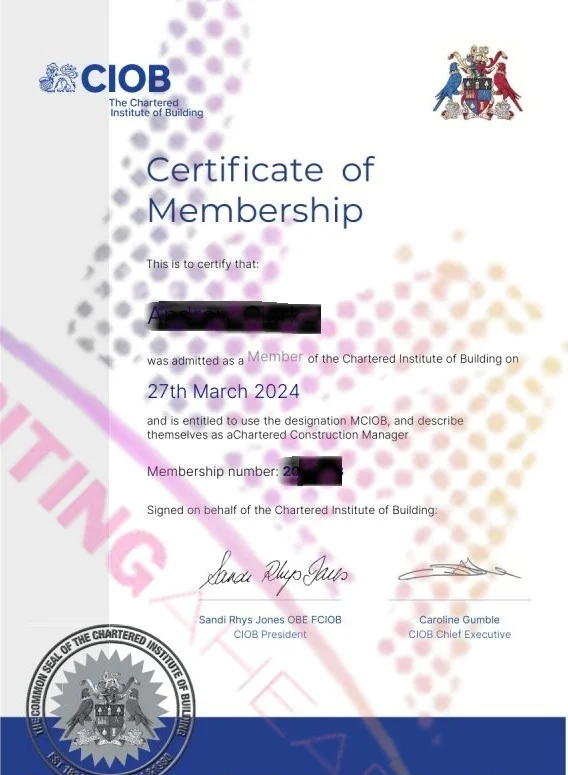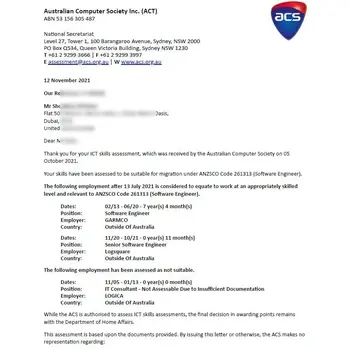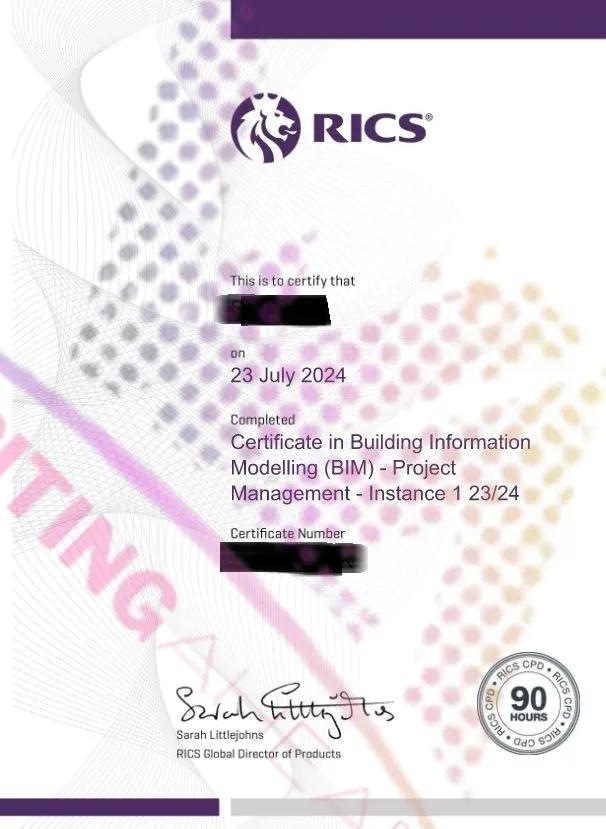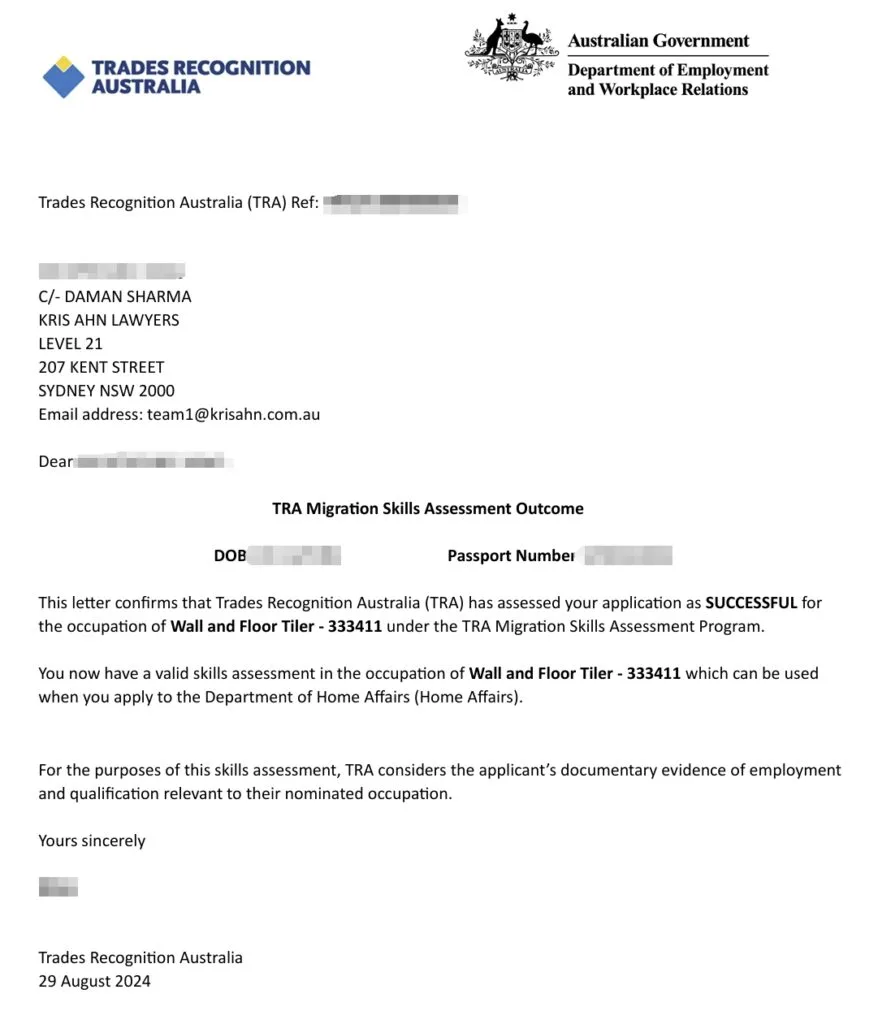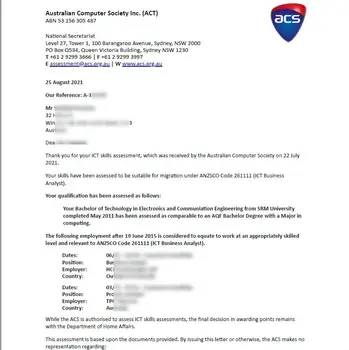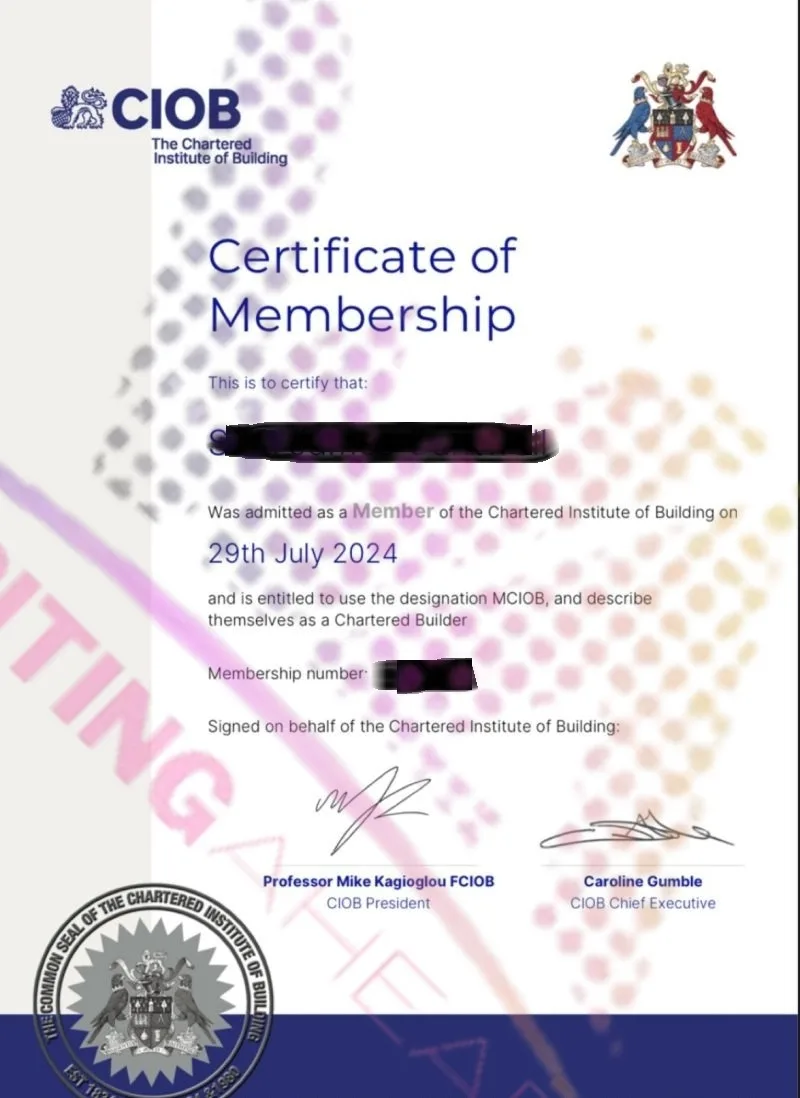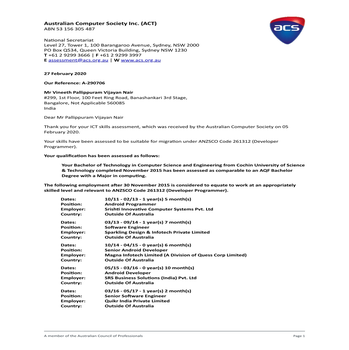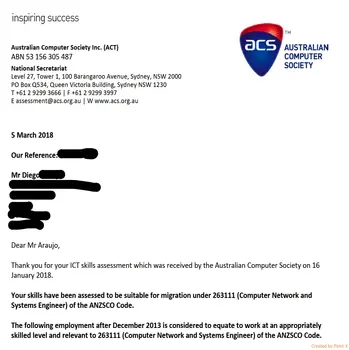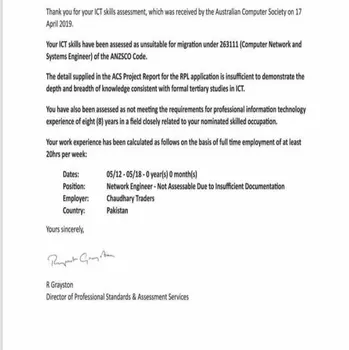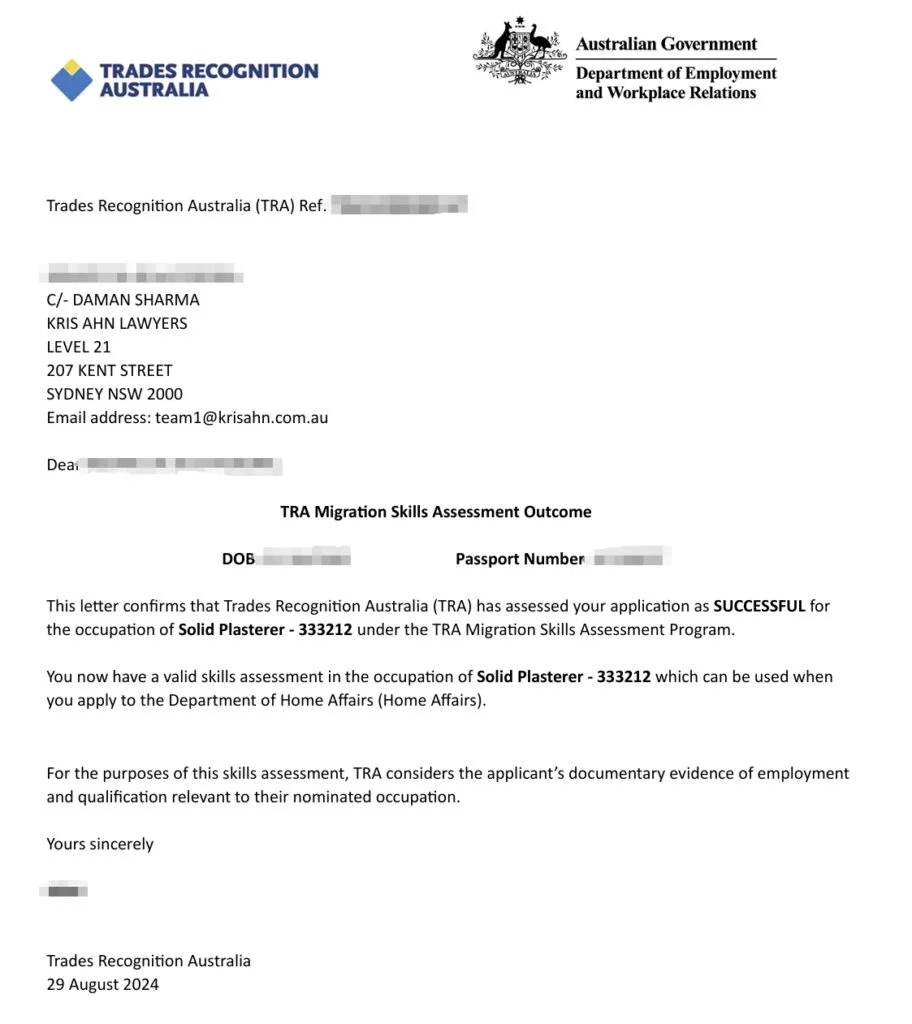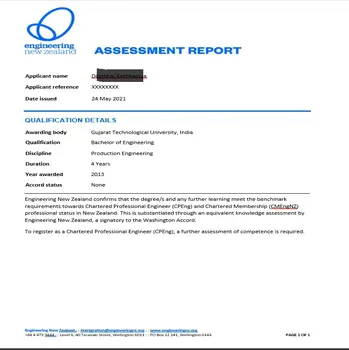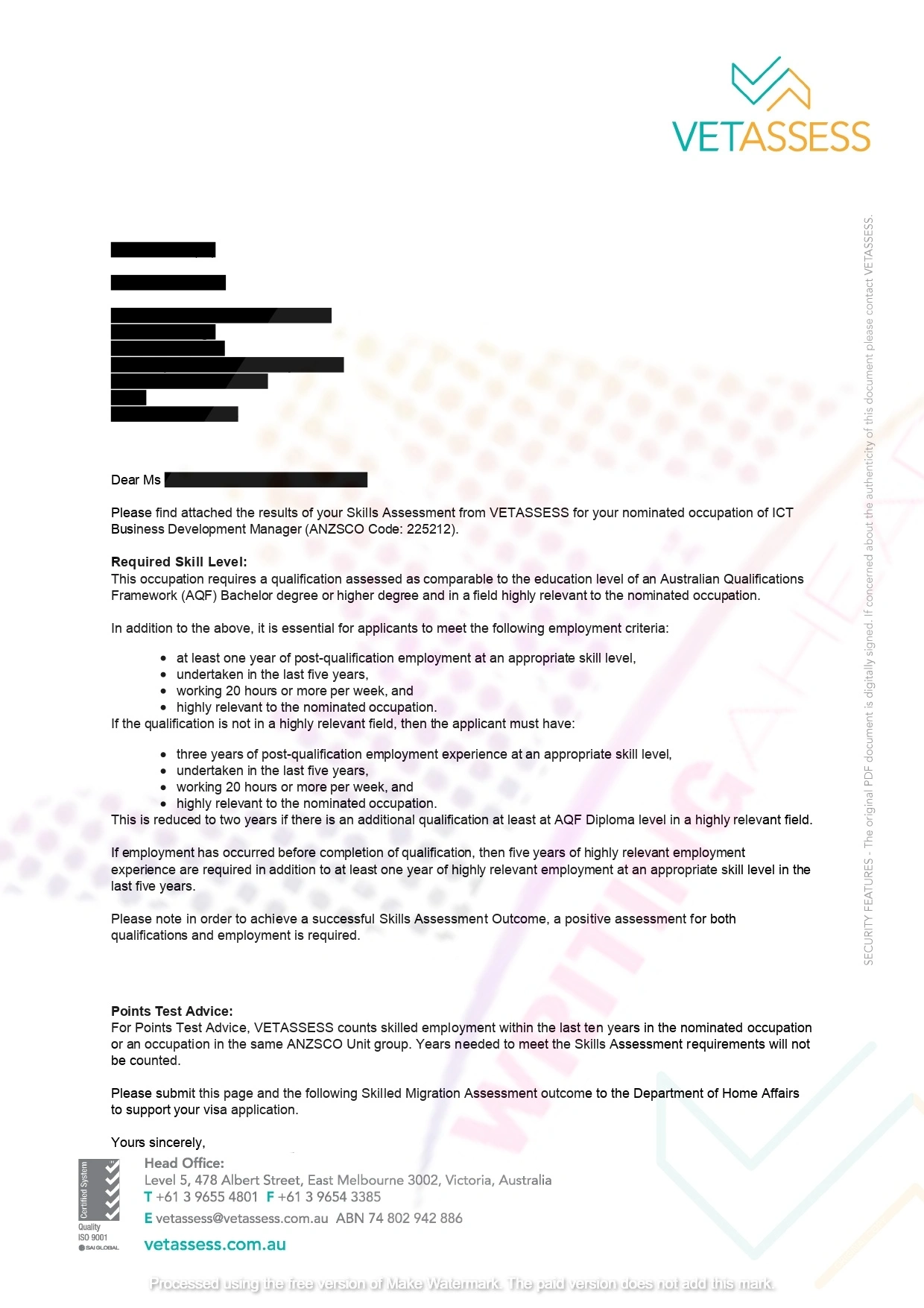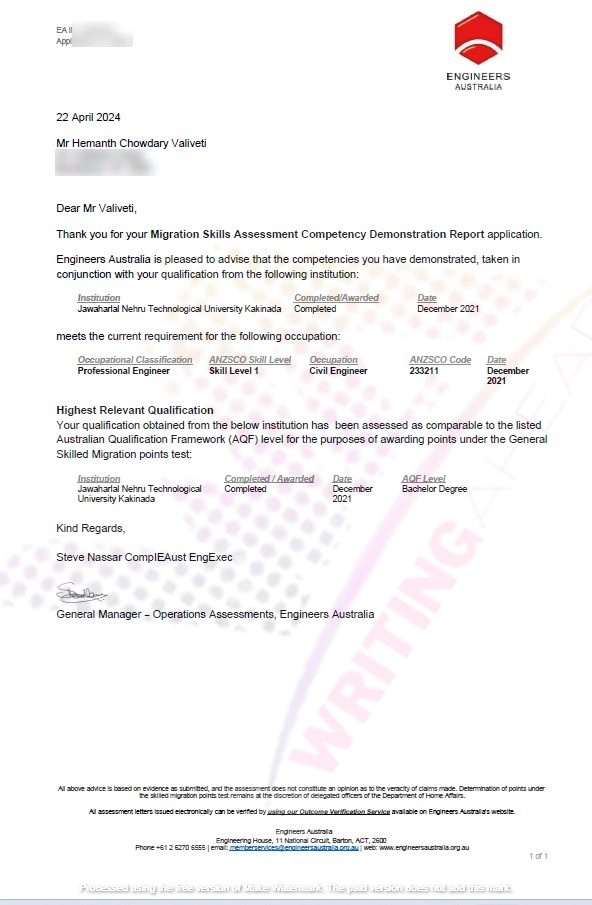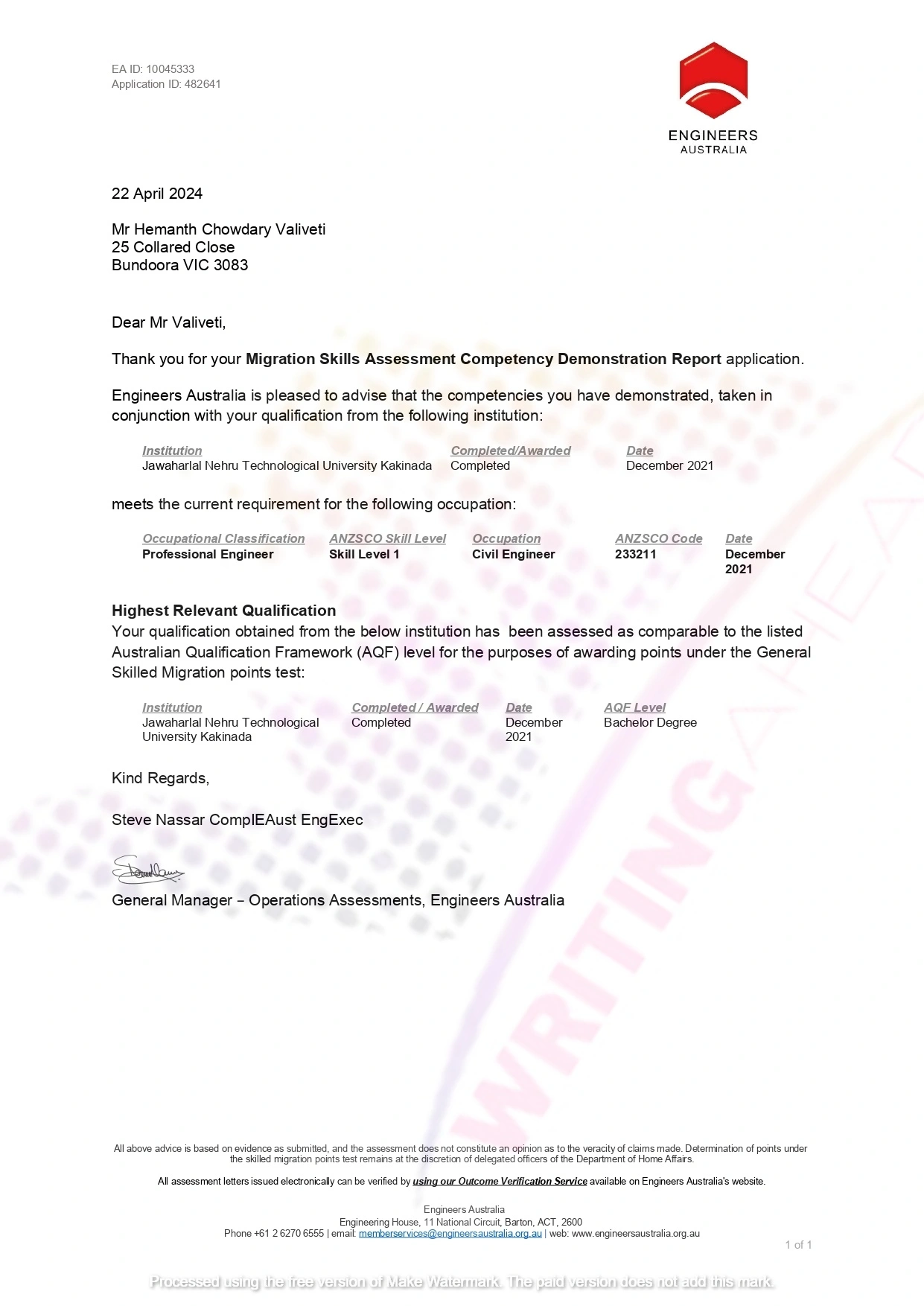Stage 1 Competency Assessment Help Services for Engineers Australia
🏅 4.9/5 Rating
Certified Experts
💯 Privacy
Premium Quality
🏅 4.9/5 Rating
Certified Experts
💯 Privacy
Premium Quality
The Stage 1 Competency Assessment for Professional Engineers, set with the aid of Engineers Australia (EA), make sure that engineers possess the essential capabilities, know-how, and professional attributes for safe and powerful exercise. The Stage 1 Competency Assessment evaluates an engineer’s qualifications, experience and understanding to determine their eligibility for Chartered popularity, Engineers Australia membership or skilled migration visas. Conducted through Engineers Australia.
Stage 1 Competency Assessment (Cdr Stage 1) is the first step closer to expert accreditation in Australia. Meeting those standards confirms an engineer’s capability to work effectively and ethically, beginning doorways for profession development and industry popularity.
Stage 1 Competency Assessment primary purpose of this evaluation is to ensure that engineers possess the essential abilties to practice thoroughly and correctly in their respective fields within the Australian context. It evaluates applicants in opposition to a fixed of competency requirements that mirror the values of professionalism, sustainable practice and the ethical use of era.
| Verify Engineering Qualifications for Australia | Ensures that applicants have the technical understanding and abilities required to exercise as an engineer in Australia. | Assesses whether or not an applicant’s schooling is equivalent to an authorized Australian engineering degree. |
|---|---|---|
| Assess Core Engineering Knowledge & Competencies | Confirms that applicants have enough theoretical and sensible engineering information. | Evaluates understanding of mathematics, physics, computing, design, trouble-solving, and chance control. |
| Provide Pathway for Skilled Migration & Employment in Australia | A advantageous Stage 1 evaluation permits engineers to apply for Skilled Migration Visas (Subclass 189, one hundred ninety, 491). | Enables engineers to use for jobs in Australia as identified professionals. |
| Ensure Compliance with Australian Engineering Standards | Engineers Australia ensures that candidates meet international fine practices in engineering. | Engineers have to reveal consciousness of sustainability, ethics, and protection requirements of their tasks. |
| First Step Towards Chartered Status (CPEng) | Completing Stage 1 assessment allows engineers to apply for Stage 2 Competency Assessment, which offers Chartered Engineer (CPEng) fame. | Engineers who bypass Stage 1 can also observe for National Engineering Register (NER) list. |
If you want to work as an engineer in Australia, you must submit a qualifying CDR report to the Engineers Australia (EA) and ensure that it meets the Migration Competence guidelines (MSA). Preparation of a Stage 1 Competency Assessment (CDR Stage 1) can be challenging and errors can be rejection. In further writing, Writing Ahead experienced engineers provide professional help to create an innocent CDR, which reduces the risk of rejection. If you like to prepare it yourself, we provide guidance, tests and expert insights. Get the right help to ensure a successful evaluation and even migration journey!
Engineers Australia uses a broad qualifying structure to assess engineering exercises of individuals recognized as professional engineers. This structure has been structured around the 16 major competences classified into three main categories: Knowledge and skills base, engineering application and professional and personal characteristics.
These competencies focuses on the theoretical and practical foundations required for effective engineering exercises:
This competencies demonstrate the ability to effectively implement knowledge for engineering tasks and problems:
This category ensures that engineers not only can apply their technical knowledge, but can also create innovation and beneficial for solving challenges.
These functions reflect the moral, communication and personal skills required to succeed in the engineering subject:
These competences ensure that the engineer can work effectively in teams, manage projects effectively, can clearly communicate their ideas and maintain the highest standards of professionalism and morality.
Many candidates face rejection because of commonplace mistakes of their Stage 1 assessment reports. To assist you avoid these mistakes and enhance your chances of approval, we’ve compiled a listing of critical errors and how to keep away from them.
Here are Top 10 mistakes to avoid
| Mistake: | Impact: | Solution: | |
|---|---|---|---|
| Not Following Engineers Australia’s Guidelines | Many applicants ignore migration skills evaluation (MSA) booklet and engineers are unable to follow Australia's formatting and structural needs. | EA rejects reports that are not completed with their official guidelines. | Read carefully and follow EA's latest guidelines carefully. |
| Weak Career Episode Reports (CERs) | to present poorly written or general career episode that lacks expansion. | EA considers the ability to solve the engineering problem SERS leads to rejection. | Make sure each career episode includes:
|
| Lack of Technical Depth and Engineering Details | Write a career episode with general details instead of technical details. | Engineers Australia needs to see your technical expertise, not just project management functions. |
|
| Plagiarism and Copied Content | Copying the content from the report from online samples or other applicants. | EA uses literary theft software (turnitine), and is the result of ingredients and content copied in the 12 -month ban. |
|
| Poor Competency Mapping in the Summary Statement | Failed to map the competence correctly from the EA qualification standards. | EA rejects incomplete or incorrect summary statements. |
|
| Focusing on Team Achievements Instead of Individual Contributions | What the team did instead of focusing on your personal role. | EA assesses your engineering skills, not the work of the team. | First-person writing ("I designed," "I searched," I optimized "). |
| Using Excessive Non-Technical or Managerial Content | Write more about team management, project management or budget instead of technical skills. | EA expects engineering skills, not management details. | Balance technical and management responsibilities, focus more on engineering. |
| Poorly Written CPD Report | To submit an incomplete or unnecessary CPD report. | CPD is mandatory and leads to a poor rejection. |
|
| Ignoring Professional Ethics and Safety Standards | Engineering subjects failed to demonstrate the knowledge of morality, safety and risk management. | EA hopes that engineers will be understood as morality and safety rules in the workplace. | Mention security measures, risk management and professional morality in your career episode. |
| Grammar, Formatting, and Structural Issues | Present a poorly structured report with spelling errors, grammar errors and draft problems. | EA expects clear, professional and well -organized reports. |
|
Engineers who use professional CDR stage 1 writing services have a higher success rate than self-limited reports.
By following these writing tips, you can craft a perfect Stage 1 CDR and get a positive assessment from Engineers Australia.
Each Career Episode should be divided into:
Summary declaration is the most important part of CDR as it links the Career episode to EA's qualification elements.
| Title of Activity | Date | Duration | Learning Outcome |
|---|---|---|---|
| AI in Construction | June 2023 | 8 hours | Learned automation tools for project management |
Engineers seeking professional CDR writing help are higher success rates. If you want specialist help, WritingAhead, which has many years of experience with a 100% Suuses rate. Apart from this, you should take fast track CDR writing.
Absolutely! Stage 1 Competency Assessment is an investment in your engineering career. Whether you are an international engineer, who is recognized, in search of a candidate goal for membership, or to make a career in Australia, can pass this assessment provide great career benefits in a long time.
Yes, guidance, editing and hiring professionals for guidance, editing and structuring for their evaluation of Stage 1 Competency Assessment is legal. Experts can help with draft, proofread and compliance with the standards in Australia, but literary theft or ghost writing is strictly prohibited. EA uses literary theft units, and submission of copied materials can cause rejection or blacklisting. It is best to use professional help, such as WritingAhead to review and improve your work, while ensuring authenticity and originality in your submission.
The success rate for engineers Australia's skill evaluation is about 70-80% for applicants who meet all the requirements and present well -structured, report literary theft. About 20-30% of literary theft, incorrect format or missing documents are met. To improve your opportunities, make sure your CDR is written well, well written and EA -Non approach. Search for a professional such as Writinghead Guidance for Reviews can also help ensure a positive result.
If you fail to evaluate Step 1 with Engineers Australia, you can review the response to identify the weaknesses. Fix errors such as literary theft, lack of efficiency or poor structure, and change the report with strong evidence and examples. Looking for professional reviews for reviews can improve your opportunities. When revised, restart with confidence, make sure all documents meet EA standards.
Yes, it is an application fee for evaluation of step 1 with Engineers Australia. From July 1, 2024, the cost of standard CDR assessment costs $ 968 (including GST). Further assessments, such as effective employment or doctoral assessment, may be high fees. For the latest tax details, the engineers check the official website of Australia.
If your qualifying assessment of Step 1 is approved by Engineers Australia, you will be qualified for membership as a master's engineer, engineering technologist or engineering association. This belief confirms that your qualification meets the Australian engineering standards. Then you can advance for 2 qualifying evaluation for the status of Chartered Engineer (CPeng) or apply for the National Engineering Register (NER). Approval also improves your job prospects and helps with career development in the Australian engineering industry.
Yes, you can appeal if the evaluation of Step 1 has been rejected by Engineers Australia. You must submit a formal appeal request within the specified time frame (usually 3 months) and pay the appeal fee. Your application will be reviewed again, but you cannot present new evidence - just ask for a restoration based on the original submission. If you believe that the evaluation was wrong, an appeal can help. Alternatively, you can change your application and search again with improvement.
